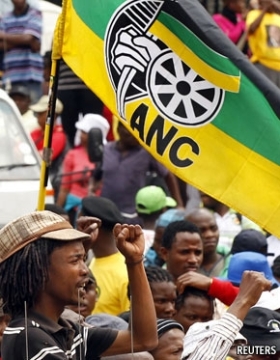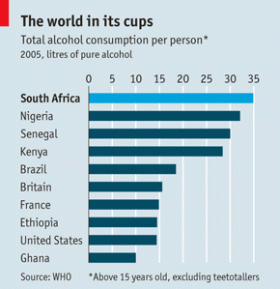Different people will take this different ways, but Jeffrey Goldbergtells us that six members of the Walton family (the original owners of WalMart) have more wealth than the bottom 30 % of Americans. Here’s where he says it:
In 2007, according to the labor economist Sylvia Allegretto, the six Walton family members on the Forbes 400 had a net worthequal to the bottom 30 percent of all Americans.
And given that he quotes us here at Forbes on the point, he’s almost certainly right.
The question is, what are we to make of this point? I think we all know what Mr. Goldberg wants us to make of it, it’s a telling indictment of American wealth inequality, the world’s going to the dogs and something must be done about rising inequality.
The Waltons are now collectively worth about $93 billion, according to Forbes.
Well, yes, but. Total US household wealth is in the $50 trillion (yes, trillion) to $70 trillion range. The range is depending on whether you want to take before the housing crash or in the middle of it. So the statement is that these Waltons have, between the family, 0.13% of US wealth. Which, for the people who inherited the world’s largest (well, certainly the country’s) and most successful retailer doesn’t sound like a particularly terrible concentration of wealth. It’s certainly less than John D Rockefellerhad all by his lonesome when he was in his pomp.
But I think it’s possible that the comment is more revealing about Mr. Goldberg really, for as Felix Salmon points out, Mr. Goldberg himself has more wealth than the bottom 25% of Americans.
This sounds outrageous, until you stop for a second and take note of the fact that Jeffrey Goldberg, individually, has a net worth greater than the bottom 25% of all Americans.
In fact, given that I have equity in my home and no other debt than mortgage, I have, as is highly likely do all readers of these pages, more wealth than the bottom 25% of Americans added together. For as Felix points us to:
In 2009, roughly 1 in 4 (24.8%) of American households had zero or negative net worth, up from 18.6% in 2007, and 37.1% of households had net worth of less than $12,000, up from 30.0% in 2007.
Wealth is always more unequally distributed than income. By the way, it isn’t even true that all of those households with zero or negative wealth are what we would call poor either. It’s entirely possible to have no net assets while having a good income, even a high income. All you need to have is debts higher than your assets: something that will almost certainly be true of anyone with student debt and fresh out of college for example. Fresh out of grad school you might well have $100,000, $200,000 of debt, hey, possibly even from medical school you might be carrying $500,000. None of us are actually going to weep all that hard for you though, not you with that associates job at a Wall Streetlaw firm on $100,000 or more, not a newly qualified doctor on hundreds of thousands a year.
I certainly don’t mean that all those with negative net household value are in that situation: there are an awful lot of people who are “properly” poor in the way that we all usually understand it.
But this comparison of wealth desn’t show us quite what Mr. Goldberg thinks it does. If you’ve no debts and have $10 in your pocket you have more wealth than 25% of Americans. More than that 25% of Americans have collectively that is.
That a family who have inherited the majority of one of the leading global retailers have more wealth than the bottom 30% of Americans, when compared with how high up the tree a single ten dollar bill gets you, is pretty much worthy of a heartfelt “Meh”.
Update 12/15. A Doctor writes to remind me that fresh out of medical school a doctor does not in fact earn good money. Indeed, the one who wrote to me earns $45,000 a year for after that graduation comes residency. It is only after residency that the money starts to flow. I was sloppy in the above: I knew that residency came first and that it was only after full qualification that high incomes are earned. It wouldn’t be unusual for a newly graduated doctor to be carrying $250,000 of debt (from medical school alone) and the interest on this could be another $100,000 through a three year residency (this accumulates but it is possible to defer it, payments do not have to be made during residency). Leading to that $500,000 or so total debt if, as with my correspondent, one was to become a neurosurgeon.
So I was at best sloppy and quite possibly wrong. Although, having looked it up, given that the starting salaries post residency for neurosurgeons seem to be around $400,000 I will admit to not being about to burst into tears over this.
It does raise two interesting points though. The first being that we can almost certainly put every single doctor in residency on our list of people with less than zero wealth. Those education debts are likely to swallow any assets they might have. But we don’t normally think of doctors in training as being poor really, one of the points I was making.
The other is that, well, it takes 7 years to get an MD (3 years pre-med at college, four years medical school), then 3 to 7 years residency. So someone might be 32 or so before actually earning the big bucks: and have a perhaps 25 year career after that? How does that change income inequality? When some people only earn for 30 odd years, others for 40 odd?
http://news.yahoo.com/six-waltons-more-wealth-bottom-30-americans-182819449.html




